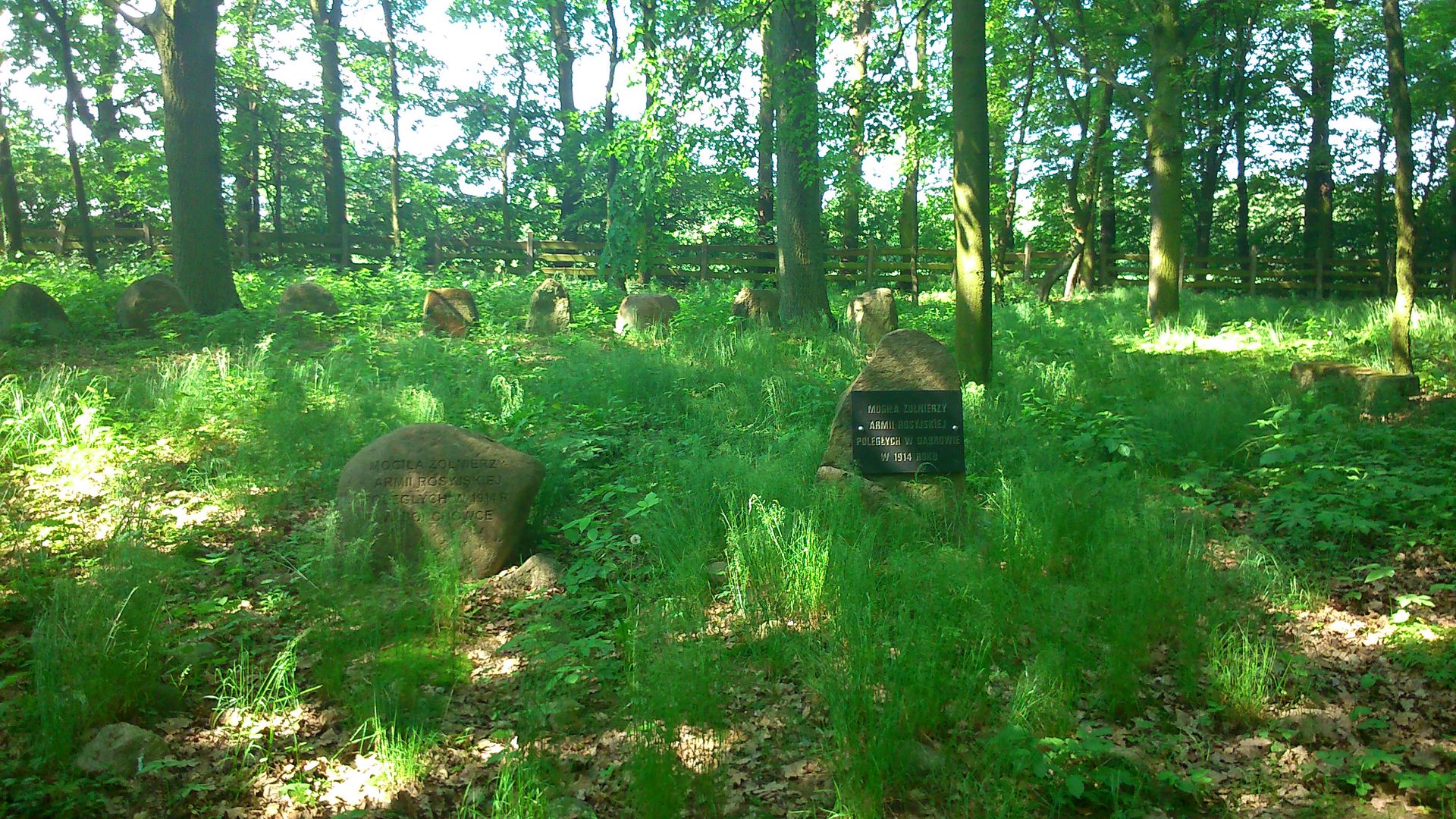Wiączyń Military Cemetery
7.14

Overview
The Wiączyń Military Cemetery, located on the northeastern outskirts of Łódź, is the final resting place for soldiers of the German and Russian armies from the World War I era, particularly the victims of the 1914–1915 Battle of Łódź. It is estimated that around 9,000 soldiers are buried here, including Poles who lost their lives in the fighting in the area. The cemetery was established shortly after the battle, and over the years, graves from closed-down cemeteries were relocated here. During the interwar period, the Scheibler family, prominent Łódź industrialists, took an active role in its maintenance.
The cemetery’s layout is thoughtfully designed, divided into two symmetrical sections: the German graves to the north and the Russian ones to the south. The German section features a rectangular arrangement of tombstones, while the Russian graves are placed in a semicircular pattern, with both sections oriented toward the west. At the center of the cemetery, wide walkways lead to two mounds topped with obelisks—a Latin cross and an Orthodox cross. Most of the uniform concrete graves include basic inscriptions, aiding in the identification of the buried.
The fighting around the cemetery occurred mainly between December 9 and 15, 1914, when German forces attacked Russian positions in Wiączyń, resulting in fierce combat that destroyed many buildings. More recently, on November 29, 2006, the remains of ten Russian soldiers discovered in nearby forests were interred here, underscoring the ongoing relevance of remembering those who perished in the war. Thus, the cemetery serves not only as a memorial but also as a testament to the region’s difficult history during World War I.
Location
District
Widzew
City
Lodz
Tertiary Administrative Division
Nowosolna
County
Łódź East County
State
Łódź Voivodeship
Country
Tickets
Powered by GetYourGuide
2025 Wizytor | All Rights Reserved